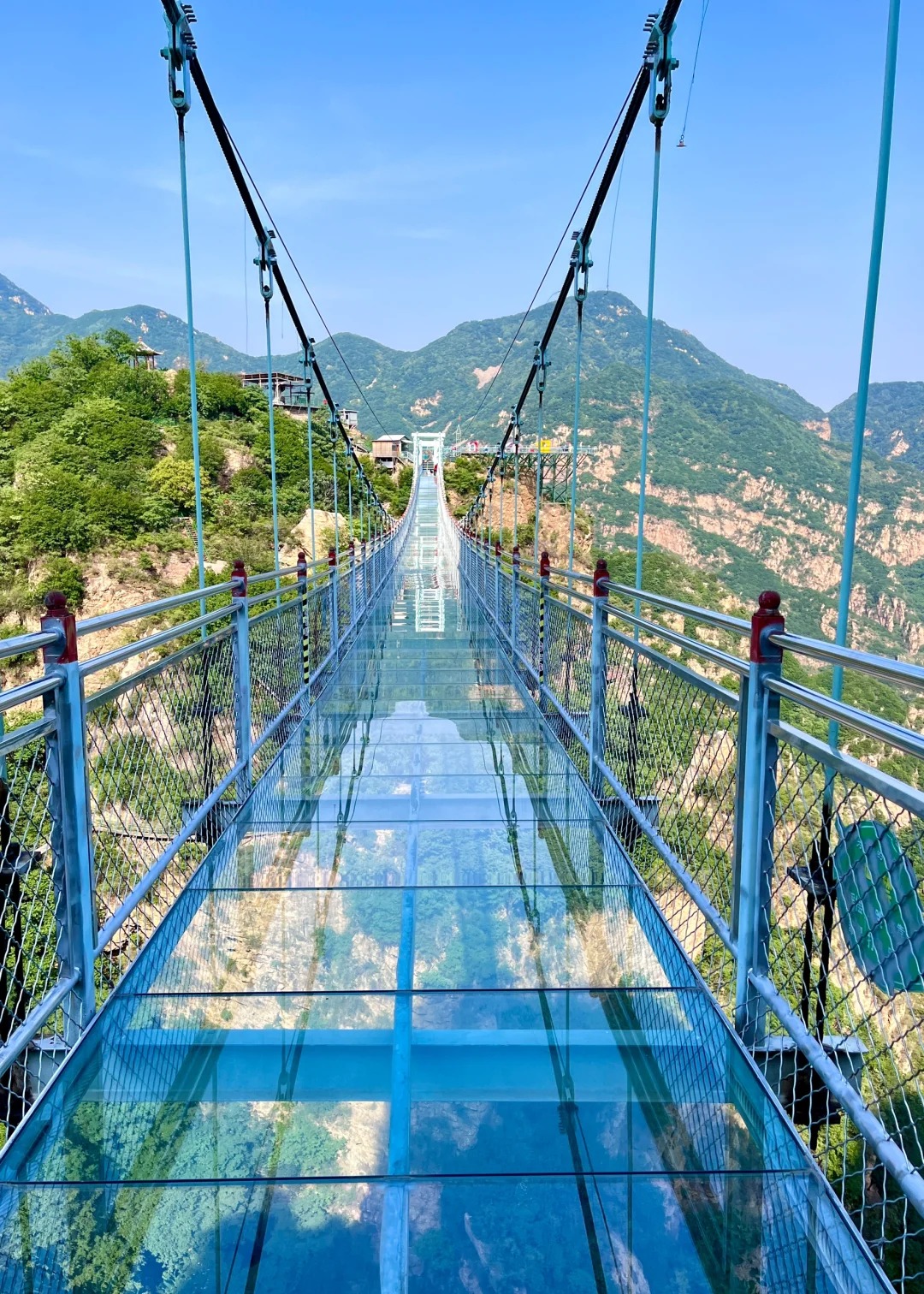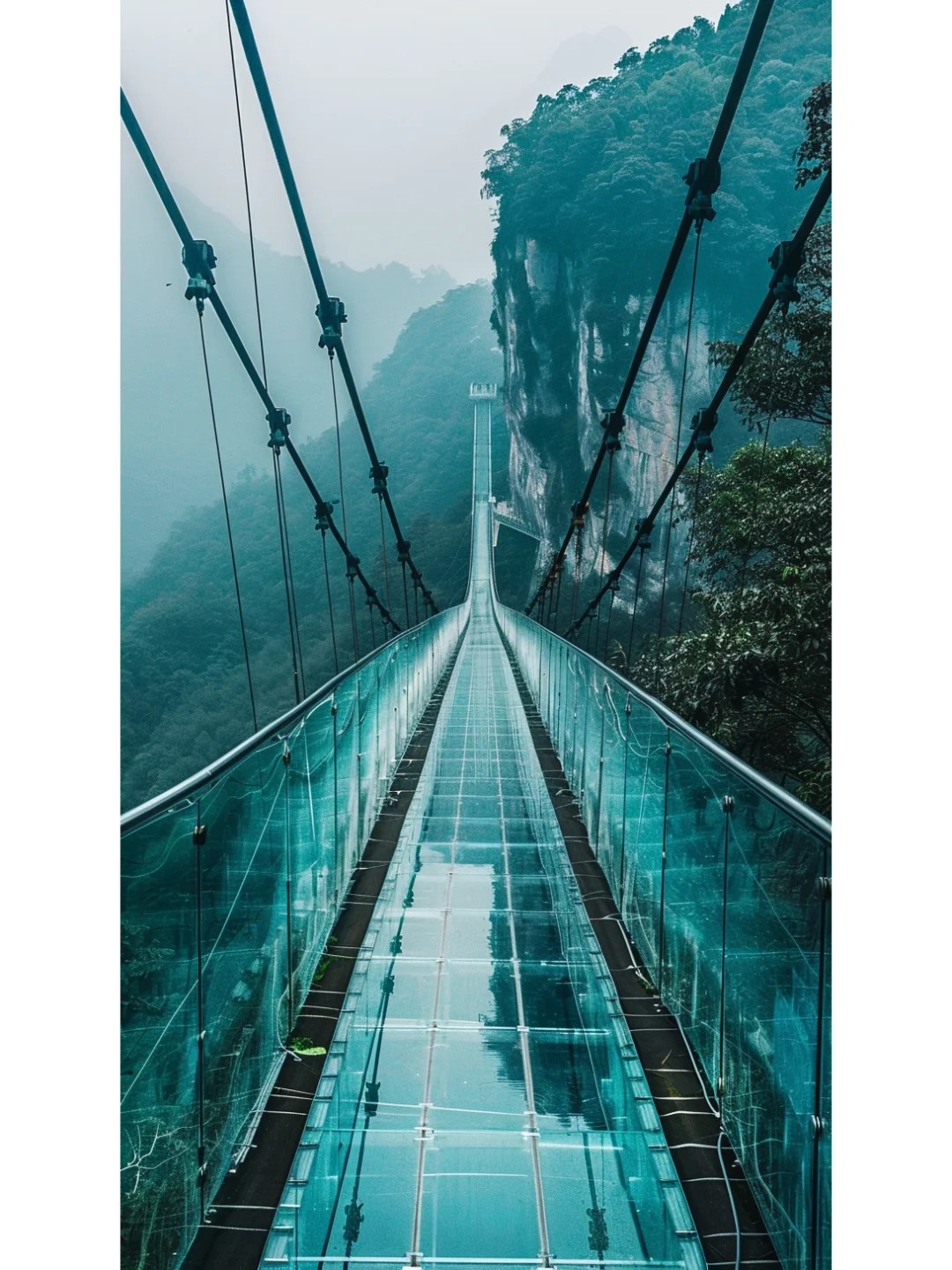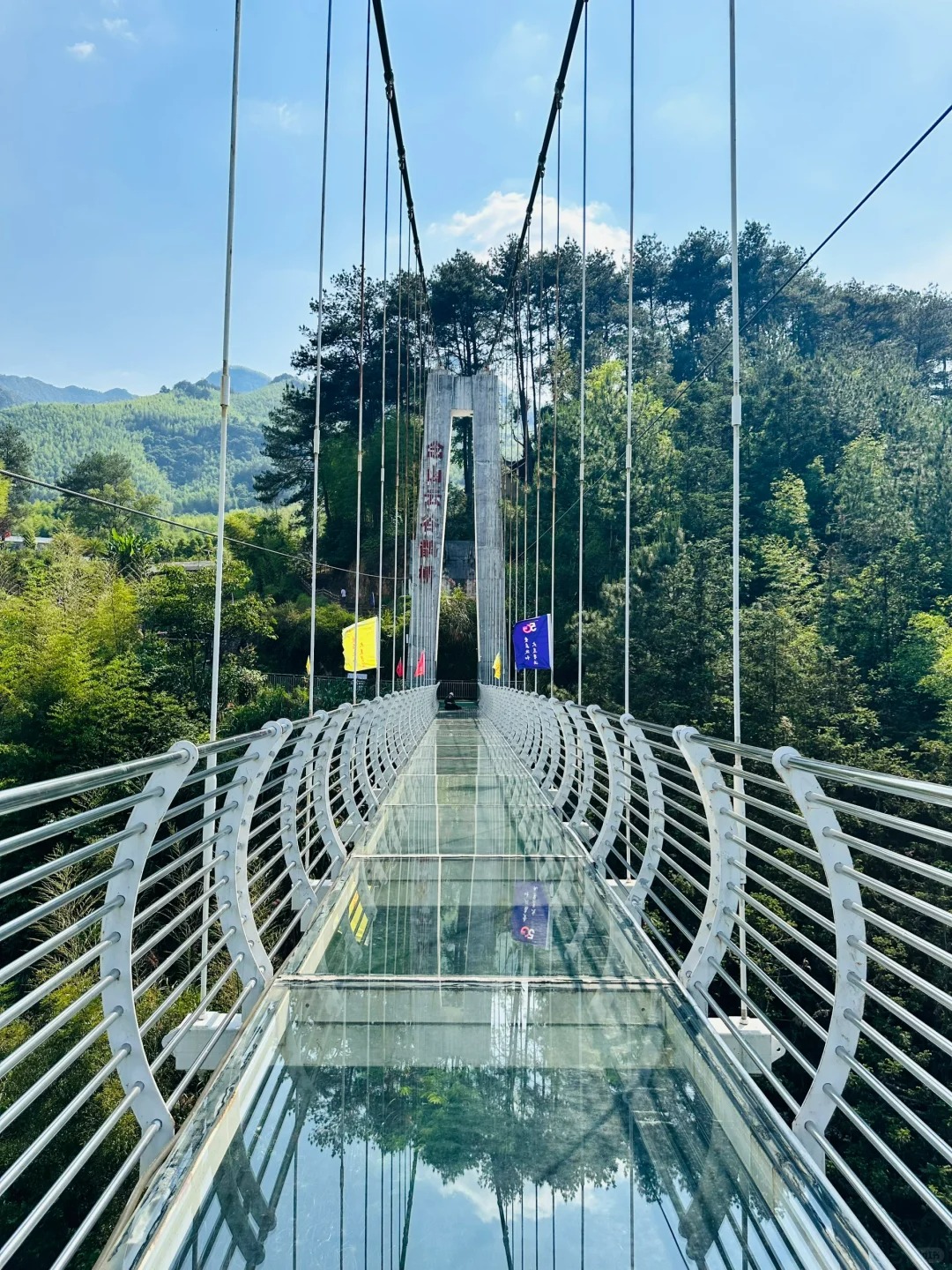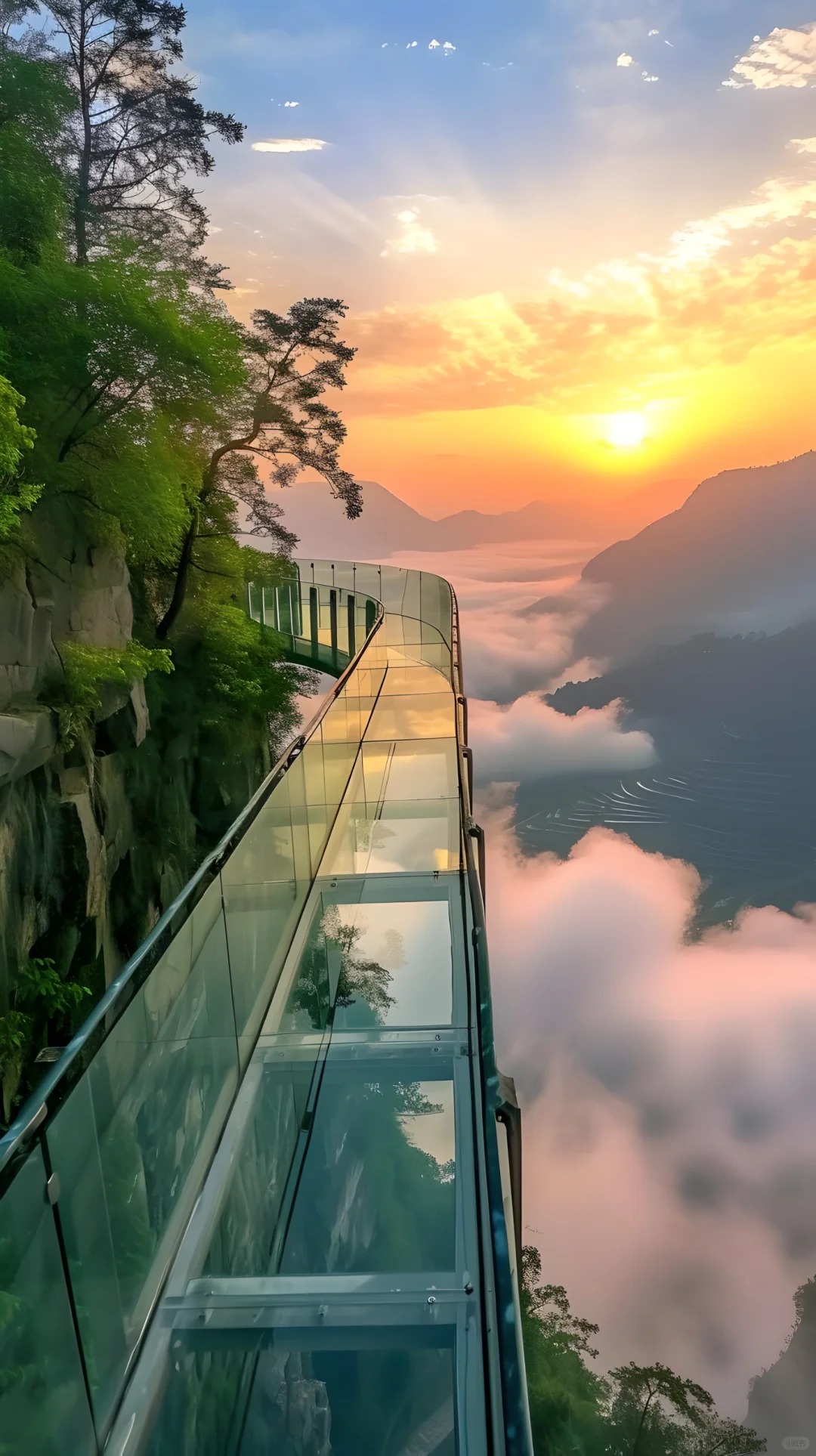Introduction to Glass Bridges
Glass bridges, architectural marvels that seem to defy gravity, have captured the imagination of tourists and thrill-seekers worldwide. These transparent walkways, often suspended high above dramatic landscapes, offer visitors a unique perspective and an adrenaline-pumping experience.
The concept of glass bridges dates back to the early 2000s, but their popularity has surged in recent years, particularly in China. These structures combine cutting-edge engineering with breathtaking natural scenery, creating a powerful draw for adventure tourists.
The appeal of glass bridges lies in their ability to provide an illusion of walking on air, offering unobstructed views of the surrounding landscape while challenging visitors’ perception of safety and stability.

Engineering and Safety Features
The construction of glass bridges involves sophisticated engineering and stringent safety measures:
- Materials: Multiple layers of tempered and laminated glass, capable of withstanding immense pressure
- Supporting structures: High-strength steel cables and frames
- Safety testing: Includes impact tests, load-bearing assessments, and deliberate cracking experiments
- Weather considerations: Designed to withstand high winds, temperature fluctuations, and seismic activity
Regular maintenance and safety checks are crucial, with daily inspections and periodic comprehensive evaluations ensuring continued structural integrity.

Notable Glass Bridges Around the World
| Bridge Name | Location | Key Feature |
|---|---|---|
| Zhangjiajie Glass Bridge | China | World’s longest and highest glass bridge |
| Hongyagu Glass Bridge | China | World’s longest double-deck glass bridge |
| Glacier Skywalk | Canada | Curved walkway over the Canadian Rockies |
| Brave Men’s Bridge | China | First all-glass suspension bridge |
| Grand Canyon Skywalk | USA | Horseshoe-shaped cantilever bridge |
The Zhangjiajie Glass Bridge, spanning 430 meters and suspended 300 meters above ground, exemplifies the audacious scale of these structures.
The Experience of Walking on Glass
Stepping onto a glass bridge is a unique psychological experience. Many visitors report initial trepidation, followed by exhilaration as they overcome their fear. The transparent floor offers unparalleled views of the landscape below, creating a sensation of floating in mid-air.
Some bridges enhance the experience with interactive features:
- Cracking glass effects (visual and audio)
- Light shows and illuminated walkways
- Swaying or flexible sections for added thrill
Visitors are typically required to wear protective footwear and follow strict guidelines to ensure safety and preserve the glass surface.

Impact on Local Tourism and Economy
Glass bridges have become powerful catalysts for local tourism:
- Dramatic increase in visitor numbers to previously lesser-known areas
- Creation of jobs in construction, maintenance, and tourism services
- Boost to local businesses such as hotels, restaurants, and souvenir shops
However, the sudden influx of tourists can pose challenges, including strain on local infrastructure and potential environmental impact. Sustainable tourism practices are crucial to balance economic benefits with conservation efforts.
Controversies and Concerns
Despite their popularity, glass bridges have faced criticism:
- Safety concerns following isolated incidents of cracking (though no major accidents have occurred)
- Debates about the aesthetic impact on natural landscapes
- Cultural questions about altering sacred or historically significant sites
- Issues of overcrowding and tourist behavior management
These concerns have led to increased regulation and oversight in some regions, particularly in China, where guidelines for glass bridge construction and operation have been implemented.

Future of Glass Bridges
The future of glass bridges looks promising, with ongoing innovations in design and technology:
- Exploration of new materials, such as transparent aluminum
- Integration of augmented reality for enhanced visitor experiences
- Development of eco-friendly construction techniques
- Potential for urban applications, connecting skyscrapers or spanning city canyons
As the popularity of glass bridges continues to grow, designers and engineers are challenged to push boundaries while prioritizing safety and environmental considerations.

Glass bridges represent a fusion of human ingenuity and nature’s grandeur. They offer visitors a chance to experience landscapes from a perspective previously reserved for birds, challenging our perceptions and providing unforgettable memories. As these structures continue to evolve, they promise to redefine our interaction with the natural world, offering new ways to appreciate and respect the beauty that surrounds us.
The ongoing development of glass bridges reflects humanity’s enduring desire to push limits and seek new thrills. However, it also underscores the importance of responsible tourism and the need to balance innovation with conservation. As we look to the future, the success of glass bridges will likely depend on their ability to provide safe, sustainable, and awe-inspiring experiences that enhance rather than detract from the natural wonders they showcase.





